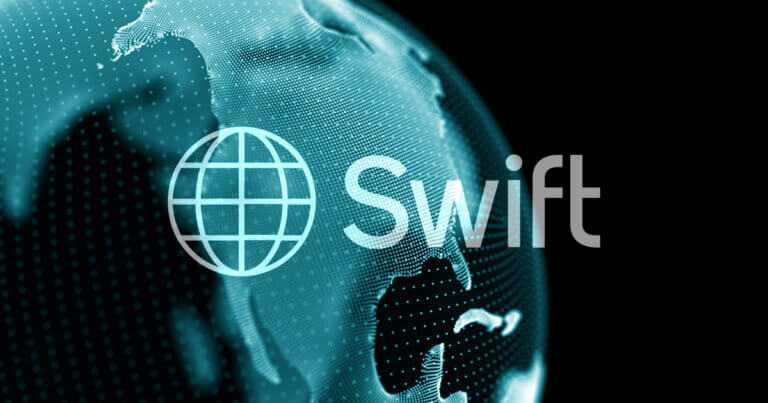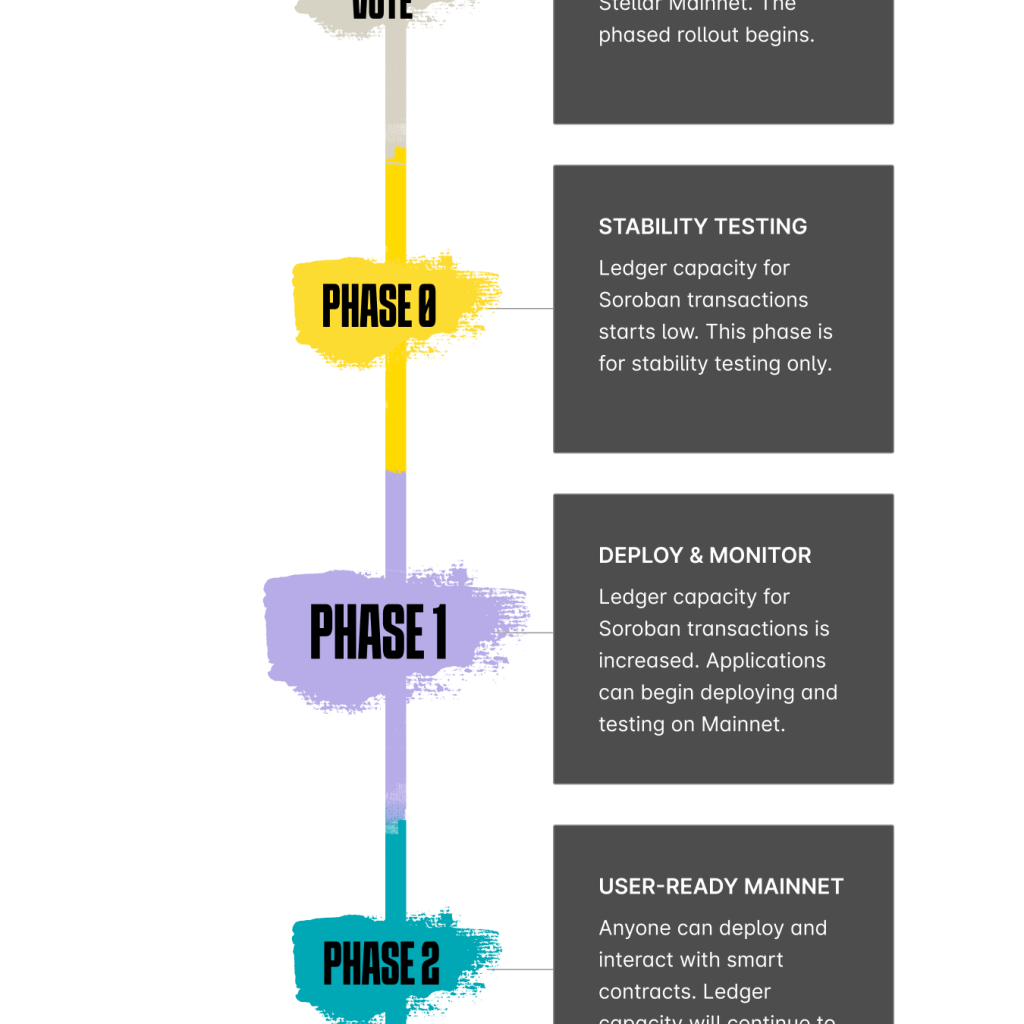Bank of America CEO Brian Moynihan recently shared his insights on the state of the U.S. economy and the potential for Federal Reserve interest rate cuts in an interview with Fox Business. According to Bank of America’s research team, Moynihan expects the U.S. economy to slow down in the middle of 2024, with annualized growth dropping to around half a percent in the second and third quarters. He further noted that the Federal Reserve is likely to commence interest rate cuts during the middle to latter half of the same year.
Bank of America CEO issues warnings about risks
This scenario, as described by the Bank of America CEO, is often referred to as a “soft landing.” It suggests a controlled economic slowdown rather than a sharp recession. However, Moynihan did issue a caution, highlighting the presence of geopolitical risks, especially if the Federal Reserve’s tightening of monetary policy goes too far. The context of the current economic situation is crucial. The Federal Reserve had raised its key interest rate 11 times since March of the previous year, reaching the highest level in 22 years.
These interest rate hikes have had a significant impact on consumer and business decision-making. Moynihan pointed out that higher interest rates affect various sectors, primarily those with rate-sensitive activities. For example, the housing market has seen a slowdown, with mortgage applications decreasing due to the higher interest rates. Similarly, car purchases have been affected, and this concern was also echoed by Tesla CEO Elon Musk. The commercial side of lending has not been immune to the impact of higher rates.
The impact of interest rates on the financial sector
Moynihan highlighted that higher rates have made businesses more cautious about borrowing, leading to tighter lending conditions. This aligns with the Federal Reserve’s goals of managing inflation and controlling the economy’s pace. Another area of concern mentioned by the Bank of America CEO is inflation. Recent reports from the Labor Department indicated a 0.4% rise in the consumer price index for everyday goods, including essentials like gasoline, groceries, and rents during September. Inflation is a complex issue with far-reaching consequences, and it is closely monitored by both financial institutions and policymakers.
The culmination of these factors has led to a notable slowdown in consumer activity. This slowdown has been evident in various aspects of consumer spending, from retail sales to overall financial decisions. The economic landscape is in a state of flux, with both challenges and opportunities for individuals and businesses. While the expectation of a “soft landing” and potential Federal Reserve interest rate cuts may offer some stability, the impact of higher rates, inflation concerns, and geopolitical risks present ongoing challenges that will continue to shape the economic landscape in the months and years to come.





